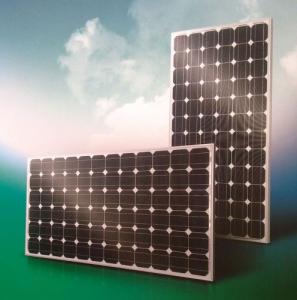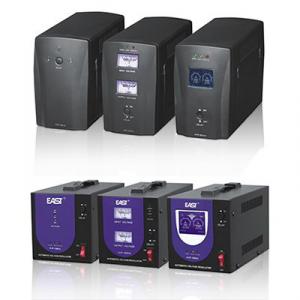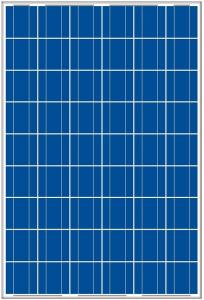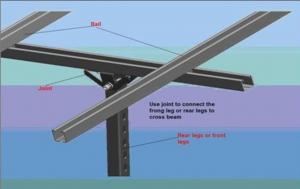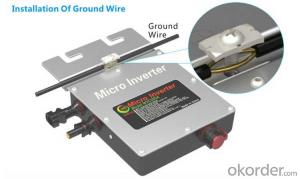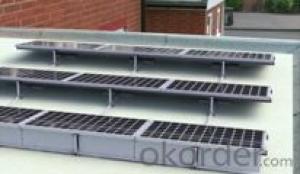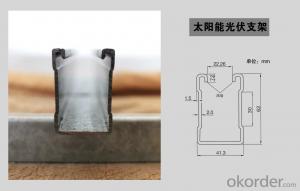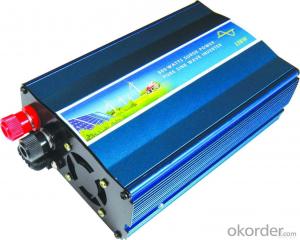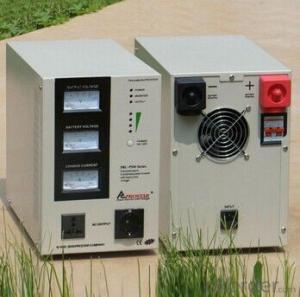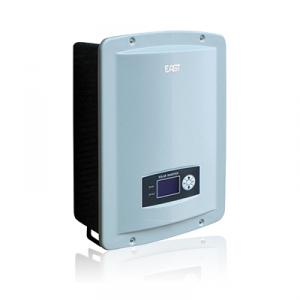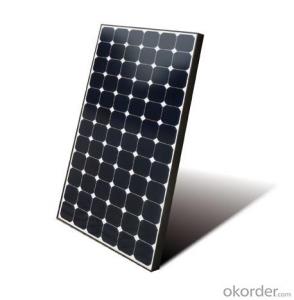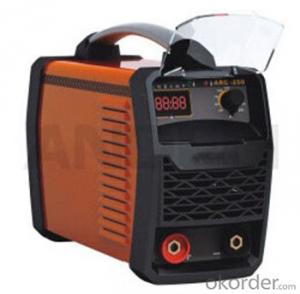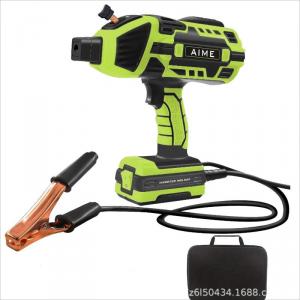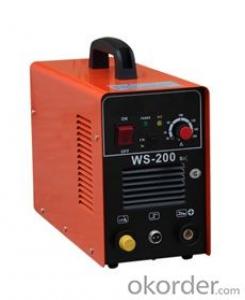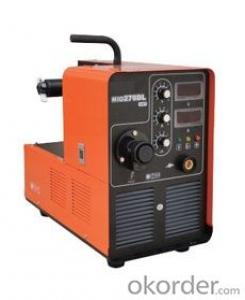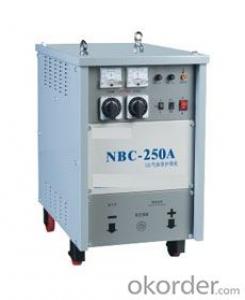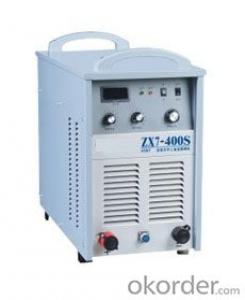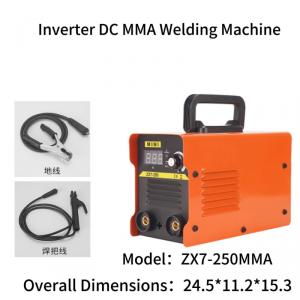Best Solar Inverter For Rv
Best Solar Inverter For Rv Related Searches
Best Rv Solar Inverter Solar Inverter For Rv Solar Power Inverter For Rv Inverter For Rv Solar Solar Panel Inverter For Rv Rv Solar Inverter Rv Solar Power Inverter Solar Inverter Rv Rv Solar Kits With Inverter Rv Solar Setup With Inverter Rv Solar System With Inverter Rv Solar Kit With Inverter Rv Solar Inverter Kit Rv Solar Inverter Kits Best Solar Pv Inverter Best Inverter For Solar Pv Best Inverter For Solar Rv Solar Inverter Systems Best Solar Inverter Best Inverter Solar Rv Solar Inverter Setup Best Inverter For Solar System The Best Solar Inverter Rv Solar Inverter Charger Rv Solar Panel Inverter Kit Best Solar Power Inverter Best Solar Inverter For Home Best 12v Solar Inverter Best Inverter For Solar Panels Best Solar Battery InverterBest Solar Inverter For Rv Supplier & Manufacturer from China
The Best Solar Inverter For Rv is a crucial component for any off-grid living setup, particularly for those who rely on solar power for their recreational vehicles. This product is designed to convert the direct current (DC) power generated by solar panels into alternating current (AC) power, which can be used to power various appliances and devices within the RV. The versatility and efficiency of the Best Solar Inverter For Rv make it an essential piece of equipment for ensuring a reliable and sustainable power supply while on the road.The application and usage scenarios for the Best Solar Inverter For Rv are vast, as it caters to the needs of individuals who seek to harness the power of the sun for their energy requirements. Whether it's for lighting, refrigeration, charging electronic devices, or running small appliances, the Best Solar Inverter For Rv plays a pivotal role in ensuring that these needs are met. This product is particularly beneficial for those who spend extended periods in remote locations or off the grid, as it allows them to maintain a comfortable lifestyle without relying on traditional power sources.
As a wholesale supplier, Okorder.com boasts a large inventory of the Best Solar Inverter For Rv, making it an ideal destination for those seeking to purchase this product in bulk. With a commitment to providing high-quality products at competitive prices, Okorder.com ensures that customers receive the Best Solar Inverter For Rv that meets their specific needs and requirements. This extensive inventory not only caters to the demands of individual consumers but also serves the needs of businesses and organizations that require a reliable power solution for their RVs and other off-grid applications.
Hot Products

















